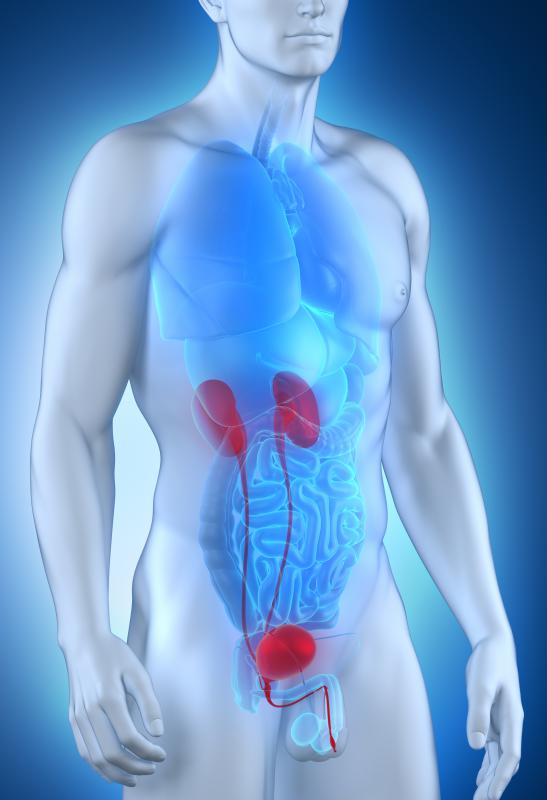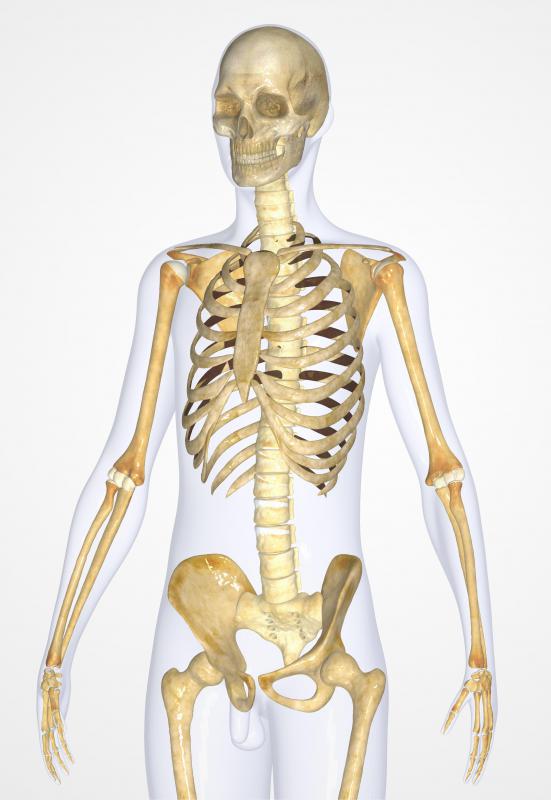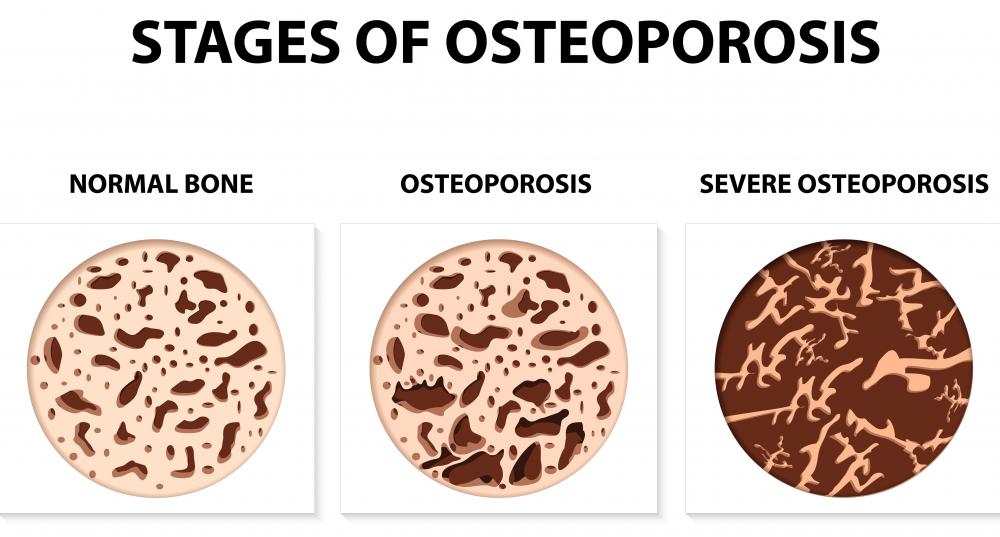At TheHealthBoard, we're committed to delivering accurate, trustworthy information. Our expert-authored content is rigorously fact-checked and sourced from credible authorities. Discover how we uphold the highest standards in providing you with reliable knowledge.
What is Aminoaciduria?
Aminoaciduria is a condition wherein there is an excessive amount of amino acids in the urine due to genetic defects in the pathways of amino acid metabolism. A deficiency in an enzyme resulting in a defect of amino acid metabolism is referred to as primary aminoaciduria. Defects in molecular transporters responsible for transport and absorption of an amino acid are classified as secondary aminoaciduria. Both types of aminoaciduria may be inherited, mostly in an autosomal recessive pattern, but some may be acquired secondary to several diseases such as hyperparathyroidism, multiple myeloma, osteomalacia, rickets, and viral hepatitis.
Some common examples of inherited primary aminoaciduria are classic phenylketonuria, classic homocystinuria, and alkaptonuria. Classic phenylketonuria is characterized by an increased concentration of phenylalanine and its by-products in tissues, plasma, and urine because of a deficiency of phenylalanine hydroxylase. The characteristic findings of classic phenylketonuria in an untreated child include mental retardation, failure to attain early developmental milestones, microcephaly, skin and hair hypopigmentation, seizures, tremor, hyperactivity, and failure to grow. Prevention of these findings in a child can be done by early diagnosis and initiation of dietary treatment before 3 weeks of age.

Classic homocystinuria is characterized by an increased concentration of homocysteine and methionine, and a decreased concentration of cysteine in plasma and urine. This results from reduced activity of cystathionine beta-synthase. Affected individuals present with the displacement of optic lenses known as ectopia lentis, mental retardation, skeletal abnormalities, osteoporosis, and premature arterial disease. Treatment consists of dietary restriction of protein and methionine, and supplementation with vitamins B6, B12, and folate.

Alkaptonuria is characterized by an increased concentration of homogentisic acid in urine and connective tissues due to a deficiency of homogentisic acid oxidase. Affected individuals are generally asymptomatic until they are in their 30s or 40s. The three characteristic symptoms of alkaptonuria are the presence of dark urine, large joint arthritis, and darkening ears and other cartilage and collagenous tissues. Prevention of long-term complications can be done through restriction of protein diet, especially in phenylalanine and tyrosine, along with the use of the drug nitisone.

Some common examples of inherited secondary aminoaciduria are cystinuria, dibasic aminoaciduria, and Hartnup disease. Cystinuria, due to transporter defect in the kidney and small intestine, is characterized by impaired reabsorption and excessive excretion of dibasic amino acids cystine, arginine, lysine, and ornithine in the urine. Poor solubility of cystine predisposes to the formation of renal, ureteral, and bladder stones, which may lead to renal failure. The treatment goal is to prevent stone formation by lifelong alkaline diuresis. Depending on the presentation of affected individuals, the use of penicillamine and tiopronin, shock wave lithotripsy, ureteroscopy, percutaneous nephrolithotomy, or open urologic surgery may be considered.

Dibasic aminoaciduria is characterized by a selective defect in the reabsorption of arginine, lysine, and ornithine. Affected individuals may present with an enlarged liver, protein intolerance, hyperammonemia, an impairment of kidney function, severe osteoporosis, or structural changes in the lungs. Treatment consists of restriction in protein diet and supplementation of citrulline.

Hartnup disease is characterized by variable neurological manifestations, such as cerebellar ataxia or delirium, accompanied by pellagra-like skin lesions. This is due to a defect in a transporter localized in kidneys and intestines, resulting in an increased urinary excretion of alanine, threonine, leucine, isoleucine, asparagine, glutamine, histidine, serine, tyrosine, valine, tryptophan, and phenylalanine. Treatment includes a diet high in protein and nicotinamide supplementation.
AS FEATURED ON:
AS FEATURED ON:

















Discuss this Article
Post your comments